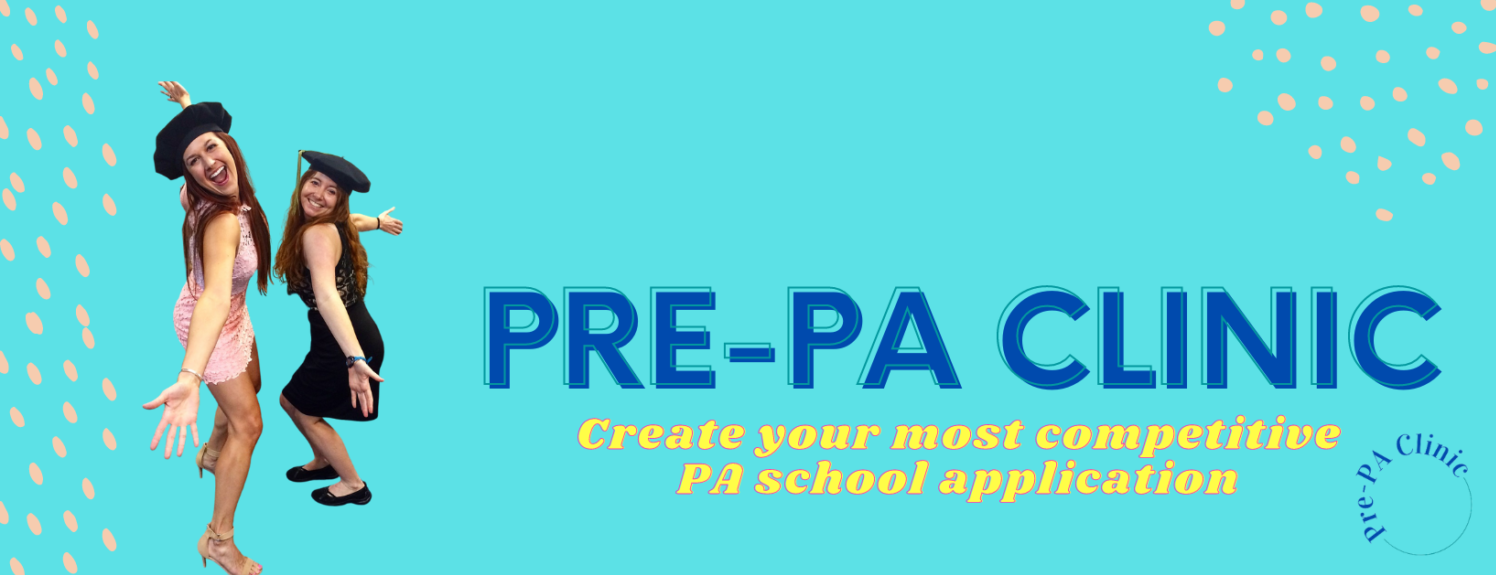
Applying to PA school is a marathon, not a sprint. While it’s tempting to dive in and hit submit as soon as CASPA opens, timing your application strategically can make a significant difference in how your application is reviewed. Submitting too late can hurt your chances at rolling admissions schools, while rushing too early could lead to costly mistakes. In this blog post, we’ll break down everything you need to know about perfecting the timing of your CASPA application.
Why Timing Matters
CASPA (Centralized Application Service for Physician Assistants) opens each year in late April . From the moment it launches, applicants have their eyes on the prize: getting their application verified and reviewed by programs. But here’s the catch—PA schools often have rolling admissions, meaning they review applications as they are submitted and fill interview slots on a first-come, first-served basis.
If you submit too late in the cycle, schools may already have a pool of strong candidates and limited interview spots. On the flip side, submitting too early can backfire if your application is rushed or incomplete. The sweet spot lies in submitting a strong application within the first few weeks to a month after CASPA opens.
Step-by-Step Timeline for Success
Here’s how to perfectly time your CASPA application while ensuring it’s polished and complete:
1. Pre-CASPA Prep (January–March)
- Research PA Programs: Use tools like our PA School Directory to identify programs you’re interested in and review their prerequisites, deadlines, and specific requirements. Create a shortlist of schools that align with your stats and goals.
- Secure Letters of Recommendation: Reach out to potential recommenders early. Give them at least 2 weeks to write strong, personalized letters.
- Complete Prerequisites: Double-check that you’ve completed all necessary coursework or have a plan to finish any outstanding classes.
- Start Drafting Your Personal Statement: Use this time to write, revise, and perfect your essay. Highlight your journey, motivations, and unique qualities that make you a strong candidate.
- Gain Shadowing and Clinical Hours: If you’re short on patient care or shadowing hours, prioritize building these experiences now.
2. April: CASPA Prep Time
- Gather All Documents: Make sure you have your transcripts, test scores (if required), and any other documentation ready to upload to CASPA. Request transcript evaluations early to avoid delays.
- Final Personal Statement Review: By now, your essay should be in its final stages. Do Personal Statement Editing or CASPA App Editing (which includes editing of your personal statement) to review it for clarity, grammar, and impact, and make sure your app is perfect before you press submit.
- Polish Experience Descriptions: Write detailed and compelling descriptions for your healthcare experience, shadowing, and volunteer work. Use action verbs and quantify your achievements where possible.
3. Late April/Early May: When CASPA Opens
- Enter Information Carefully: Take your time inputting your coursework, experiences, and personal details into CASPA. Errors here can delay your application. Have your CASPA App Edited to make sure it is your strongest app and stands out to the schools you apply to – and do this BEFORE you press submit because once you press submit, you can’t edit anything for an entire cycle!
- Order Transcripts: As soon as CASPA opens, request that your official transcripts be sent directly to CASPA.
- Submit to Target Programs: Prioritize programs with rolling admissions or earlier deadlines. Ensure every aspect of your application meets their requirements.
4. The Sweet Spot: Submitting by Late May or Early June
- Double-Check Everything: Before clicking submit, thoroughly review your application. Check for typos, inaccuracies, and completeness.
- Monitor Verification: Once submitted, CASPA will verify your application. This process can take 2–4 weeks, so the earlier you submit, the sooner your application will be reviewed by programs.
Common Mistakes to Avoid
- Rushing to Submit on Day One: While enthusiasm is great, avoid submitting your application on the first day CASPA opens if it’s not polished.
- Missing Rolling Admissions Opportunities: Submitting too late can mean missing out on interview slots at rolling admissions schools.
- Overlooking School-Specific Requirements: Tailor your application to meet the unique requirements of each program on your list.
Key Takeaways
- The best time to submit your CASPA application (specifically if you’re applying to schools with rolling admissions) is typically within 1-2 months after it opens, around May-June/July.
- Balance urgency with thoroughness. A well-crafted, error-free application is better than a rushed submission.
- Use the months leading up to CASPA’s launch to prepare every aspect of your application, from your personal statement to your experience descriptions.
Final Thoughts
Timing your CASPA application isn’t just about hitting “submit” early—it’s about submitting a complete, polished, and competitive application. By following this timeline and preparing strategically, you’ll maximize your chances of landing interviews and ultimately, that coveted acceptance letter.

